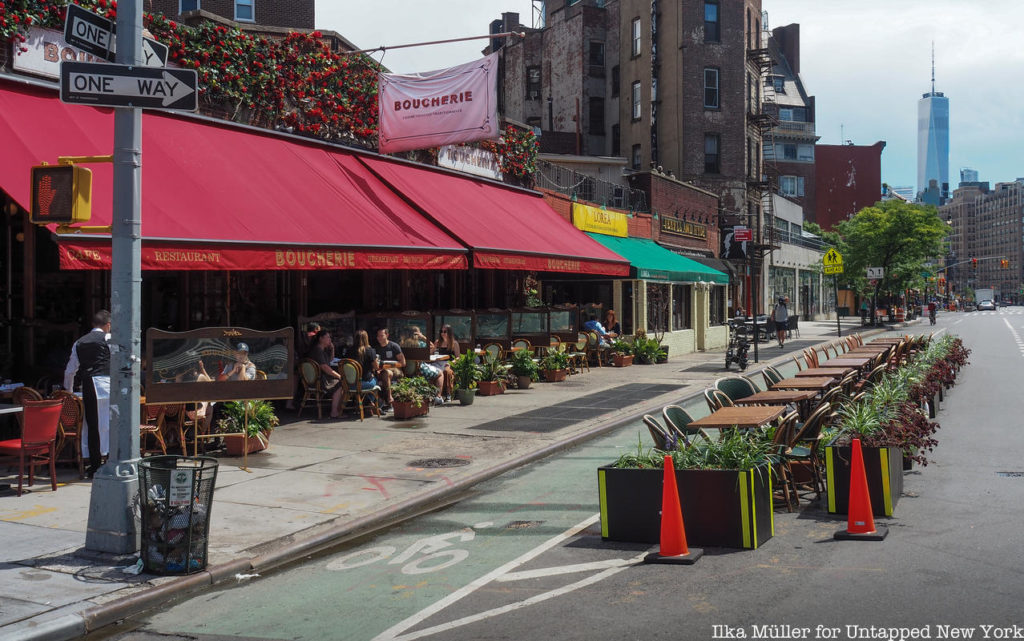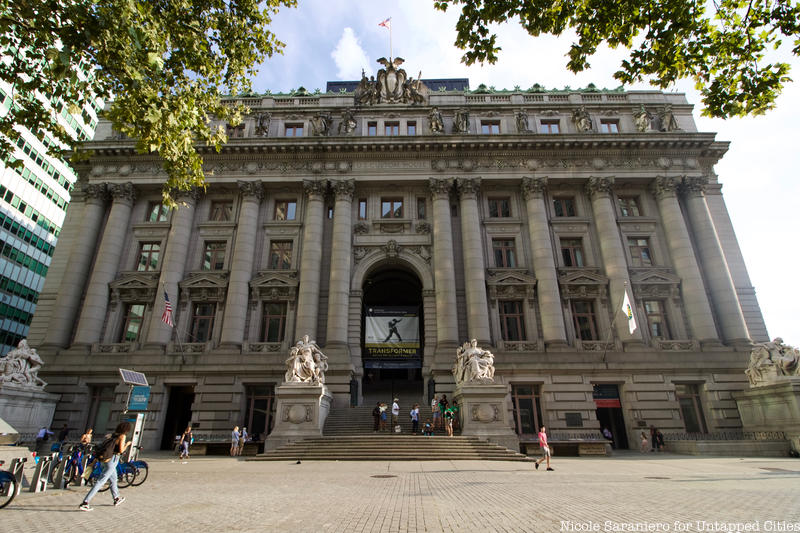5. Greenwich Village

The earliest settlement in Greenwich Village was named Sappokanican, a village of the Lenape. It was located on the shores of a trout stream referred to as Minetta Brook. Dutch settlement began in the area starting in 1629. Wouter van Twiller, the third director of New Netherland, began a tobacco plantation near the village, which was so successful that some believe the word “Sappokanican” may have meant “wild tobacco.”
The village served as a trading settlement and docking point, but as Dutch farms pushed further north, the Lenape attacked farms, burned crops, and killed a handful of settlers. As a solution to this, William Kieft, who oversaw the transportation of African slaves to the area, granted some of them freedom and parcels of land, which physically separated the Dutch from the Lenape. There are few traces of these Native American populations in Greenwich Village today. It is likely that Native Americans stopped living in the area once the British arrived in 1664.






